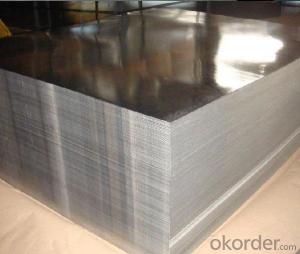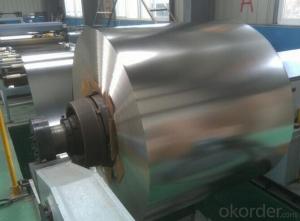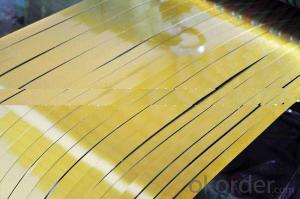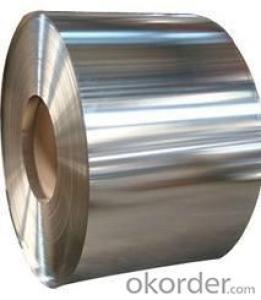Electrolytic Tinplate Sheets for Foods Can Packaging
- Loading Port:
- Tianjin
- Payment Terms:
- TT OR LC
- Min Order Qty:
- 25 m.t
- Supply Capability:
- 7000 m.t/month
OKorder Service Pledge
OKorder Financial Service
You Might Also Like
1.Structure of Electrolytic Tinplate Sheets for Foods Can Packaging Description
Electrolytic Tin Plate Coils and Sheets for Foods Metal Packaging, is one thin steel sheet with a coating of tin applied by electrolytic deposition. Tinplate made by this process is essentially a sandwich in which the central core is strip steel. This core is cleaned in a pickling solution and then fed through tanks containing electrolyte, where tin is deposited on both sides. As the strip passes between high-frequency electric induction coils, it is heated so that the tin coating melts and flows to form a lustrous coat.
2.Main Features of the Electrolytic Tinplate Sheets for Foods Can Packaging
Appearance – Electrolytic Tin Plate is characterized by its beautiful metallic luster. Products with various kinds of surface roughness are produced by selecting the surface finish of the substrate steel sheet.
Paintability and printability – Electrolytic Tin Plates have excellent paintability and printability. Printing is beautifully finished using various lacquers and inks.
Formability and strength – Electrolytic Tin Plates have got very good formability and strength. By selecting a proper temper grade, appropriate formability is obtained for different applications as well as the required strength after forming.
Corrosion resistance – Tinplate has got good corrosion resistance. By selecting a proper coating weight, appropriate corrosion resistance is obtained against container contents. Coated items should meet 24 hour 5 % salt spray requirement.
Solderability and weldability – Electrolytic Tin Plates can be joined both by soldering or welding. These properties of tinplate are used for making various types of cans.
Hygienic – Tin coating provides good and non toxic barrier properties to protect food products from impurities, bacteria, moisture, light and odours.
Safe – Tinplate being low weight and high strength makes food cans easy to ship and transport.
Eco friendly – Tinplate offers 100 % recyclability.
Tin is not good for low temperature applications since it changes structure and loses adhesion when exposed to temperatures below – 40 deg C.
3.Electrolytic Tinplate Sheets for Foods Can Packaging Images
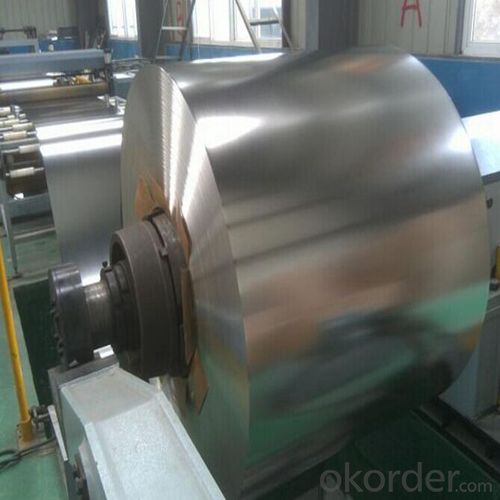
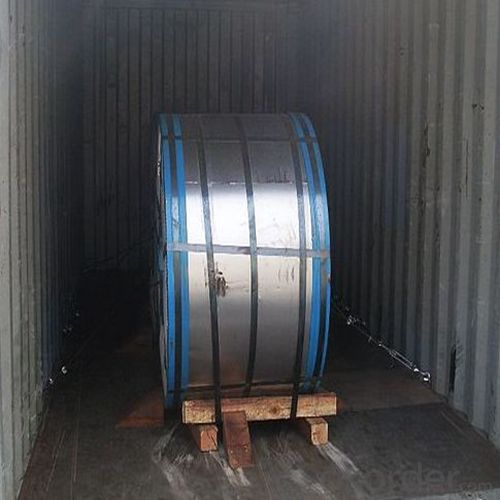

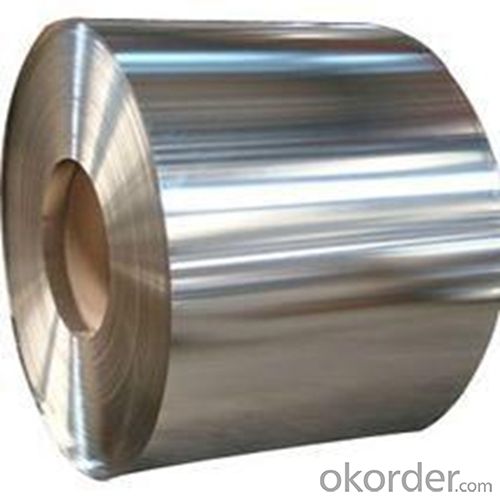
4.Electrolytic Tinplate Sheets for Foods Can Packaging Specification
Standard | ISO 11949 -1995, GB/T2520-2000,JIS G3303,ASTM A623, BS EN 10202
|
Material | MR,SPCC |
Thickness | 0.15mm - 0.50mm |
Width | 600mm -1150mm |
Temper | T1-T5 |
Annealing | BA & CA |
Coil Inner Diameter | 508mm |
Weight | 6-10 tons/coil 1~1.7 tons/sheets bundle |
Passivation | 311 |
Oil | DOS |
Surface | Finish,bright,stone,matte,silver |
5.FAQ of Electrolytic Tinplate Sheets for Foods Can Packaging
- How are the Electrolytic Tin Plates specified?
The Electrolytic Tin Plates are specified as per the steel base, extent of tempering, the coating weight, annealing method and the surface finish.
- How many types there are for base steels?
The base steels are of three types: Type MR, L, D
- Q:Tin cans in what way sterilization good ah
- Use 121 degrees high temperature sterilization, keep for 20 minutes or so. Use wireless temperature detector to check the temperature inside and in the pot. Use compressed air to do reverse pressure to prevent tank from deforming at high temperature. If the product is wasted due to improper operation, automatic control can be used!
- Q:How does tinplate perform in terms of stackability?
- Tinplate performs well in terms of stackability due to its rigid and durable nature. Its flat surface and uniform thickness allow for easy stacking and stability, making it suitable for various storage and transportation applications.
- Q:How is tinplate coated with polymer films?
- Tinplate is coated with polymer films through a process called lamination. This involves applying a layer of polymer film onto the surface of the tinplate using heat and pressure. The polymer film adheres to the tinplate, providing a protective barrier against corrosion and enhancing its durability.
- Q:What are the safety regulations for using tinplate in toys?
- The safety regulations for using tinplate in toys typically involve compliance with relevant international safety standards. These regulations ensure that the tinplate used in toys is free from hazardous materials, such as lead or other toxic substances, and that it meets specific safety requirements, such as resistance to sharp edges or choking hazards. Compliance with these regulations aims to protect children from potential harm or injury while playing with tinplate toys.
- Q:Can tinplate be used for paint can packaging?
- Yes, tinplate can be used for paint can packaging. Tinplate is a commonly used material for manufacturing paint cans due to its durability, corrosion resistance, and ability to be easily formed into different shapes and sizes.
- Q:What are the advantages of using tinplate for HVAC components?
- There are several advantages to using tinplate for HVAC components. Firstly, tinplate is highly resistant to corrosion, making it suitable for applications in humid environments or those involving exposure to moisture. Secondly, tinplate offers excellent heat resistance, ensuring the durability and longevity of HVAC components even under high temperatures. Additionally, tinplate is lightweight, making it easier to handle and install, while still maintaining its strength and structural integrity. Lastly, tinplate is a cost-effective option, providing a balance between performance and affordability for HVAC systems.
- Q:How does tinplate compare to other packaging materials?
- Tinplate offers several advantages over other packaging materials. It is highly durable, providing excellent protection for the contents. It is also resistant to corrosion, ensuring the integrity of the packaging even in harsh conditions. Tinplate is lightweight and easy to handle, making it cost-effective in terms of transportation and storage. Additionally, it is eco-friendly as it is 100% recyclable. Overall, tinplate is a versatile and reliable packaging material that outperforms many others in terms of strength, longevity, and sustainability.
- Q:How is tinplate recycled?
- Tinplate is recycled through a process called steel recycling. The tin coating on the tinplate is first removed, usually through an acid bath. Then, the steel base is separated from the tin coating. The steel is melted down and used to make new steel products, while the tin coating can be reused for various applications, such as producing new tinplate or other tin-based products.
- Q:What is the shelf life of products packaged in tinplate?
- The shelf life of products packaged in tinplate can vary depending on the specific product and storage conditions. However, tinplate is known for its excellent preservation properties, providing a protective barrier against moisture, light, and oxygen. As a result, many products packaged in tinplate can have a relatively long shelf life, often ranging from several months to several years. It is important to note that proper storage and handling practices, including keeping the products in a cool, dry place away from direct sunlight, can further extend their shelf life.
- Q:Can tinplate be used for kitchenware?
- Yes, tinplate can be used for kitchenware. Tinplate is a type of steel coated with a thin layer of tin, which provides protection against corrosion and enhances its aesthetics. It is commonly used for making cans, containers, and other kitchen utensils like bowls, trays, and cooking pans. Tinplate is durable, easy to clean, and resistant to rust, making it suitable for various kitchen applications.
1. Manufacturer Overview |
|
|---|---|
| Location | |
| Year Established | |
| Annual Output Value | |
| Main Markets | |
| Company Certifications | |
2. Manufacturer Certificates |
|
|---|---|
| a) Certification Name | |
| Range | |
| Reference | |
| Validity Period | |
3. Manufacturer Capability |
|
|---|---|
| a)Trade Capacity | |
| Nearest Port | |
| Export Percentage | |
| No.of Employees in Trade Department | |
| Language Spoken: | |
| b)Factory Information | |
| Factory Size: | |
| No. of Production Lines | |
| Contract Manufacturing | |
| Product Price Range | |
Send your message to us
Electrolytic Tinplate Sheets for Foods Can Packaging
- Loading Port:
- Tianjin
- Payment Terms:
- TT OR LC
- Min Order Qty:
- 25 m.t
- Supply Capability:
- 7000 m.t/month
OKorder Service Pledge
OKorder Financial Service
Similar products
New products
Hot products
Hot Searches
Related keywords



